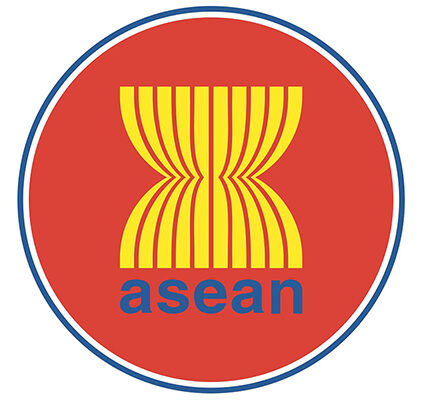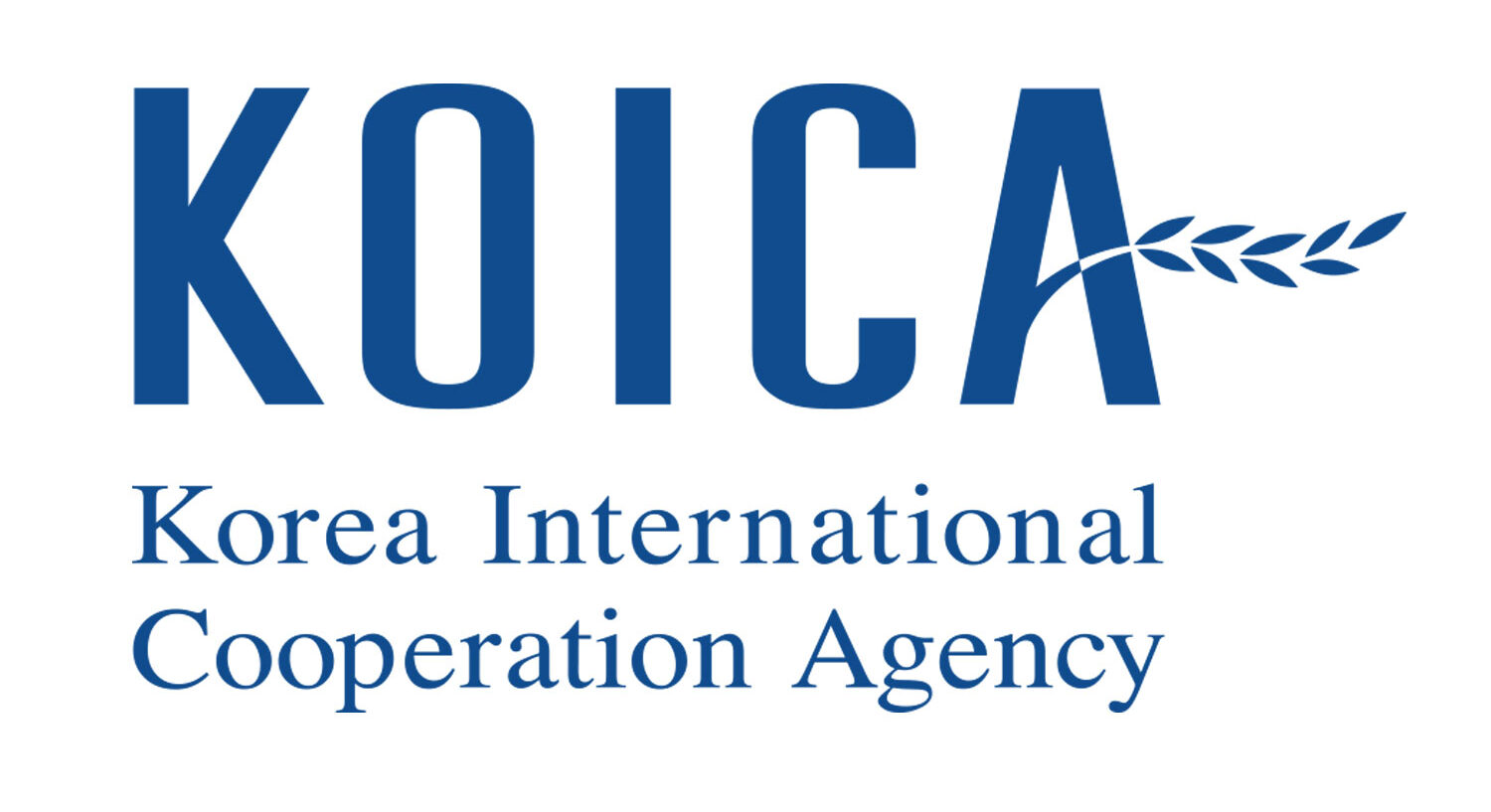Introduction: In recent years, the incidence of measles has declined in the Lao People’s Democratic Republic. However,
an outbreak was reported in August 2014 in Houaphanh province, which was the biggest outbreak in the country since
We describe the characteristics of this outbreak and outline critical interventions for the Lao People’s Democratic
Republic to achieve measles elimination.
Methods: Fever and rash cases in the Khouan and Samtai districts with an onset date from 1 September to 25 October
2014 were investigated. Active case finding and health facility record reviews were carried out. Appropriate samples from
the individuals with suspected measles were tested to confirm the diagnosis.
Results: A total of 265 suspected cases including 12 deaths were reported from eight villages in the Khouan and Samtai
districts. Forty-five individuals tested positive for measles IgM. Most of the confirmed patients were male (n = 28, 62%),
less than 5 years old (n = 23, 51%) and from the Hmong ethnic community (n = 44, 98%). The majority of the people
with suspected measles (n = 213, 80%) and all the confirmed ones were unvaccinated. A measles vaccination campaign
conducted in the eight affected villages resulted in 76% coverage of the targeted population.
Discussion: Low routine coverage and measles occurrence among unvaccinated individuals indicate underimmunized
areas. The geographical and sociodemographic characteristics of this outbreak highlight the need for tailored vaccination
strategies to close the immunity gap. A sensitive surveillance system that is able to detect, notify, investigate and guide
response measures, including a second measles dose in the routine immunization schedule, will be essential for the Lao
People’s Democratic Republic to attain its measles elimination status.
Trending














